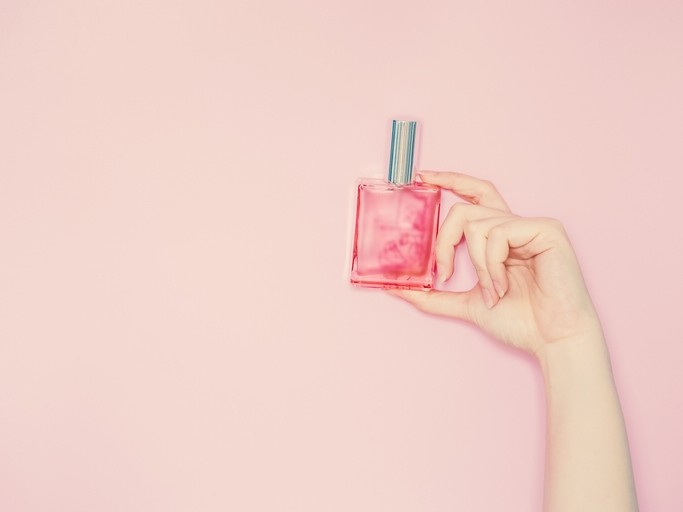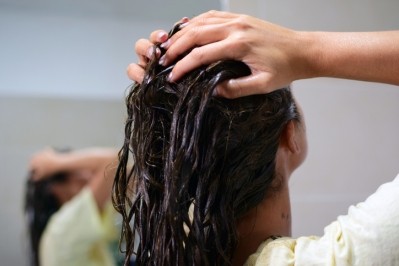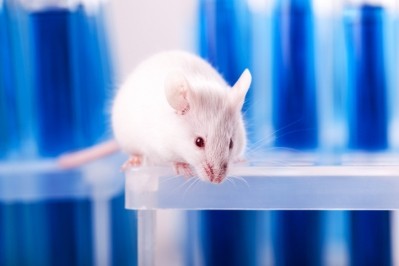‘Big work’ ahead for industry following IFRA standards overhaul

Last month, the global association published an official update to its flagship safe use program known as ‘IFRA standards’ – outlining safety management measures based on scientific assessment and independent expert panel evaluations. Following around three years of work, the overhaul marked the biggest update to IFRA’s standards in years, with improved methodology for testing skin sensitisation and aggregate exposure.
Safety assessment for skin sensitization and aggregate exposure
In the Notification of the 49th Amendment to the IFRA Code of Practice, IFRA updated 91 of its current standards and added 25 new ones – the “most significant change to the standards in many years,” it said.
Within the overhaul, IFRA introduced new standards for dermal sensitization based on a new assessment methodology – Quantitative Risk Assessment (QAR2) – which had been developed collaboratively with dermatologists, academics, industry and other stakeholders. The updated standards now looked at aggregate exposure of fragrance ingredients via different consumer products, using a database of real-life product use and habits fed into a statistical model.
Global fragrance manufacturers and compounders had until February 10, 2021 to comply with the standards for new fragrances and February 10, 2022 for existing creations and would have to work with finished product companies on reformulation within the same time span.
Collaborative reformulation efforts in fragrances
“That’s actually the big work ahead for the industry,” David O’Leary, communications director at IFRA, told CosmeticsDesign-Europe.
Fragrance suppliers and finished product manufacturers, O’Leary said, would have to work closely together on reformulations in the coming years.
“Ultimately, this is about protecting and ensuring people can use fragrance products safely and with confidence,” he said.
IFRA would hold training sessions and webinars for members on the updated standards, he said, as well as provide them a list of service providers to help them carry out checks and testing.
Matthias Vey, scientific director at IFRA, said the association had also kickstarted a roadshow where it would visit members across the globe, through local associations or directly, to present and explain the updated standards.
“We really want to help. We’re not just putting the rules out there and leaving [members] alone. We want to help them understand why we’re doing it and the benefits for human health and the environment,” Vey said.
More modern, ethical and responsible approaches
Whilst IFRA Standards had always considered human health and the environment, Vey said these updated standards, wherever possible, used alternatives to animal testing systems and also incorporated new computational toxicology tests. Looking at aggregate body exposure, for example, was in his opinion the “most important change” to the methodology and standards, he said.
“It’s more comprehensive and cooperative in the approach. And we are also reflecting how society and science are moving forward,” he said. “…It’s more modern; more ethical and more responsible.”
Asked if there was trust in new and alternative safety testing methods, Vey said: “I think that’s a common challenge and what we have to do is talk about it. …When we use these new approaches, we have to discuss them with the experts and then the regulators. It’s a self-regulated system, so we have more freedom, but we want it done in a way that it’s accepted by as many regulatory bodies as possible. We need to be involved in scientific debates on the methodology.”
Rob Taalman, science and research director of Cosmetics Europe, previously told us next-generation safety assessments would become standard within 10 years.


















